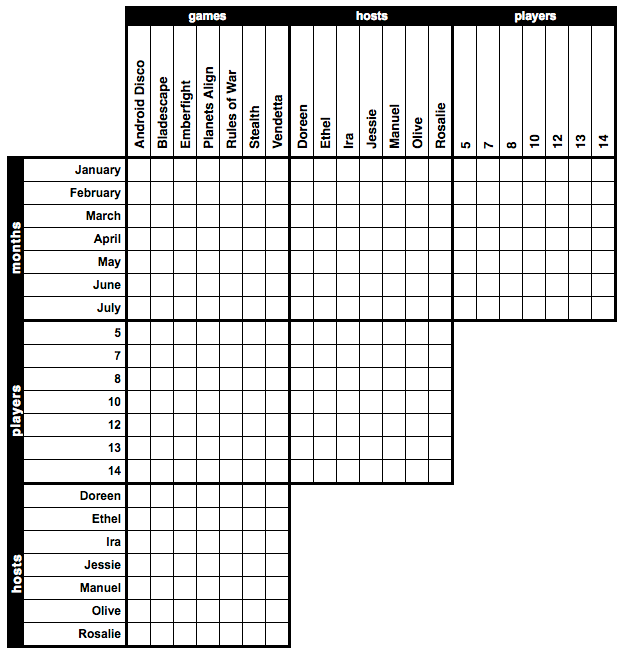projects
| ntr0 (due 20210825) |
| pct1 (bonus; due 20210819) |
| wcp1 (due 20210818) |
| uom0 (due 20210901) |
| pct2 (due 20210825) |
| wcp2 (due 20210825) |
| pnf0 (due 20210901) |
| pct3 (bonus; due 20210901) |
| wcp3 (due 20210901) |
| pnf1 (due 20210908) |
| pct4 (due 20210908) |
| wcp4 (due 20210908) |
| pnf2 (due 20210915) |
| gfo0 (due 20210915) |
| pct5 (bonus; due 20210915) |
| wcp5 (due 20210915) |
| pnf3 (due 20210922) |
| pct6 (due 20210922) |
| wcp6 (due 20210922) |
| saf0 (due 20210929) |
| pct7 (bonus; due 20210929) |
| wcp7 (due 20210929) |
| saf1 (due 20211006) |
| pct8 (due 20211006) |
| wcp8 (due 20211006) |
| saf2 (due 20211020) |
| pct9 (bonus; due 20211020) |
| bwp1 (bonus; due 20211020) |
| wcp9 (due 20211020) |
| fom0 (due 20211027) |
| gfo1 (due 20211027) |
| pctA (due 20211027) |
| wcpA (due 20211027) |
| pctB (bonus; due 20211103) |
| wcpB (due 20211103) |
| mpg0 (due 20211110) |
| pctC (due 20211110) |
| wcpC (due 20211110) |
| gfo2 (due 20211117) |
| pctD (bonus; due 20211117) |
| pctE (bonus; due 20211201) |
| bwp2 (bonus; due 20211201) |
| EoCE (due 20211209) |


